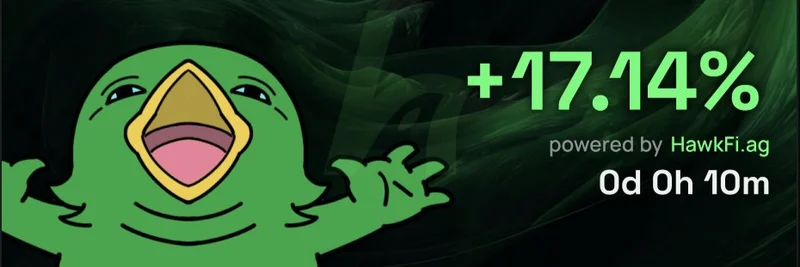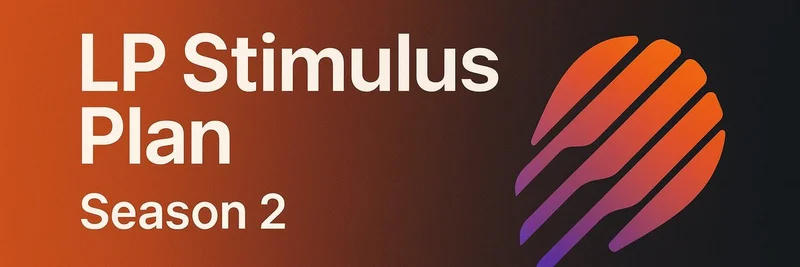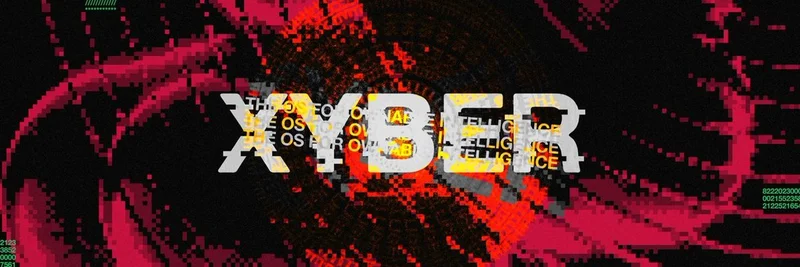In a recent thread on X, John Robb, author of Brave New War and a thinker on modern warfare and networks, described a shooting at the Dallas ICE field office as an example of "networked insurgency." He called it "open source," self-activating, and driven by networked tribalism where one side views the other as an existential threat. This isn't just about real-world events—it's a framework that echoes how meme token communities operate in the crypto space.
Let's break it down. Robb's main post highlighted the incident: "Multiple fatalities were reported in a shooting at the Dallas Immigration and Customs Enforcement field office," linking to an ABC News article. In a follow-up, he explained it as decentralized action without direct coordination, fueled by intense online narratives.
What does "open source insurgency" mean? Think of it like open-source software in tech. In warfare or activism, it refers to loosely connected individuals or groups who act independently but align around shared ideas. No central command—just inspiration from online discussions, memes, and shared grievances. Robb mentions "stigmergy," a term from biology where actions leave traces that guide others, like ants building trails. In human terms, a viral post or hashtag can spark copycat behaviors.
Now, flip this to meme tokens. These aren't your standard cryptocurrencies backed by tech or utility; they're driven by hype, community, and viral stories. Take Dogecoin or newer ones like PEPE— they thrive on decentralized enthusiasm. No CEO calling the shots. Instead, holders self-activate: creating memes, shilling on social media, or even coordinating pumps through subtle signals on platforms like X or Telegram.
Just like Robb's "networked tribalism," meme coin communities often form tribes around a narrative. One group might see a token as the next big moonshot, demonizing skeptics as "FUD spreaders" (fear, uncertainty, doubt). This tribal dynamic can lead to explosive growth—or rug pulls—without any formal structure. It's self-organizing, much like the emergent behaviors in the event Robb described.
Replies in the thread add layers. One user compared it to "stochastic terrorism," where mass communication incites random but predictable violence. In crypto, think of how influencers' tweets can trigger market swings. Another mentioned "cybernetic, emergent, self-organizing" networks, which sounds a lot like blockchain itself—decentralized ledgers where nodes act independently but contribute to a cohesive whole.
For blockchain practitioners, this is a wake-up call. Meme tokens show the power of these networks: rapid adoption, community-driven innovation, but also risks like volatility or scams. To enhance your game, study these patterns. Build stronger, more resilient communities by fostering positive stigmergy—encourage collaborative memes, transparent discussions, and tools like DAOs (decentralized autonomous organizations) for loose coordination.
Robb's insights remind us that in today's connected world, whether in politics or crypto, ideas spread like wildfire. Meme Insider is here to help you navigate this—check our knowledge base for more on how decentralized networks shape the latest token trends. What's your take on applying open source insurgency to meme coins? Drop a comment below.



